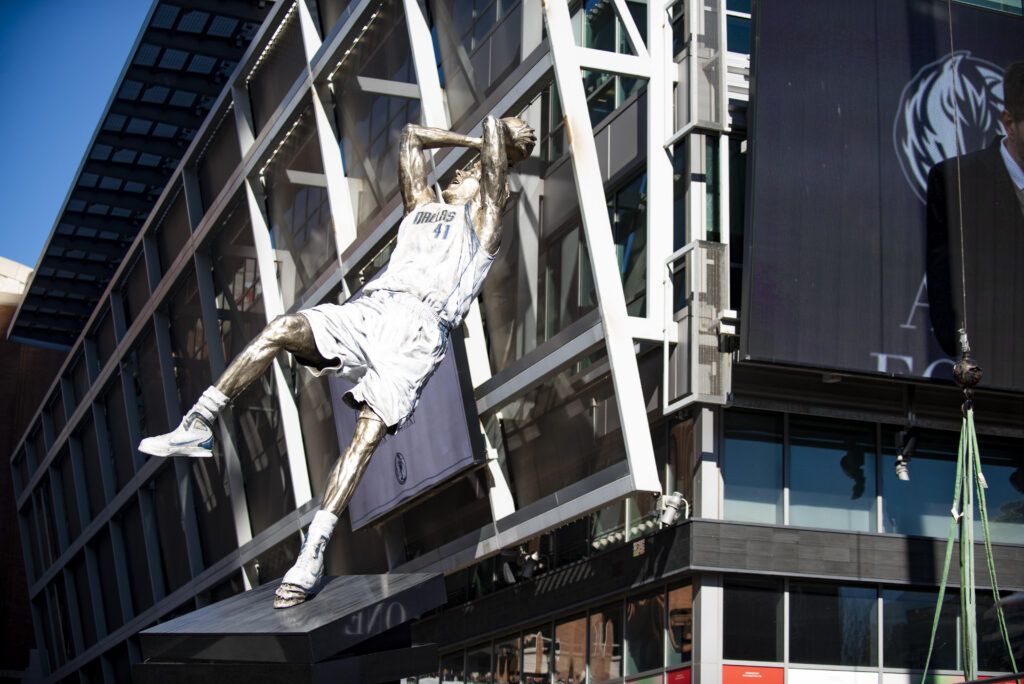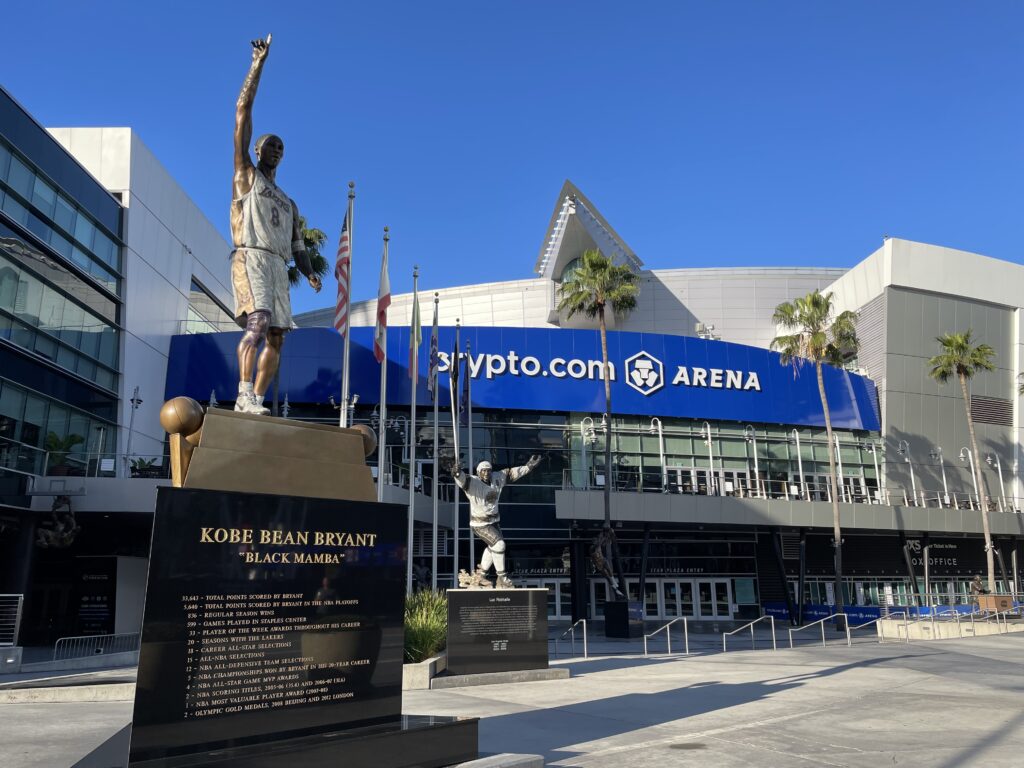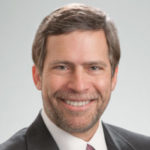
There are a number of ways to honor retired athletes and their exemplary careers for which the criteria are generally understood. We sort of know a Hall of Fame player when we see one, though we can debate around the margins. We also recognize an athlete who has contributed to his or her team for a sufficient duration that the team retires their uniform number. There are state halls of fame and college halls of fame, in addition to national halls of fame. There are more bespoke displays like the Yankees’ Monument Park and the Dallas Cowboys’ Ring of Honor that are nevertheless somewhat comprehensible. However, there is one method of honoring athletes that seems to be proliferating but for which the criteria are much more murky — The Statue.
There really is no template for who gets a statue — no written or unwritten code. Some statues are obviously justified — Magic, Kobe, Shaq, Kareem, all outside the Crypto.com Arena. Jordan, Gretzky, Clemente, Willie Mays … the list goes on. All of them are honored at or near a stadium or successor stadium where their legendary feats took place, though the question of whether your statue is inside or outside remains a question of debate. Jordan was outside the United Center before he was moved inside. The statues generally honor a body of work and signature pose, though occasionally they capture an isolated play that was part of that body of work (e.g., Bobby Orr outside Boston’s TD Garden).
The above examples are non-controversial, both with regard to the athlete being honored and the location of the statue. But it can get very complicated very quickly. Should every Hall of Famer get a statute? Willie Mays outside Oracle Park? Yes. But if Buster Posey makes the Hall of Fame in three years, does he get a statue?
Outside the American Airlines Center in Dallas, there are statues of Dirk Nowitzki and Mike Modano on either side of the entryway — like imperial garden lions. Each led his team to one league championship and each spent several decades with the Mavericks and Stars respectively. If Luca Doncic leads the Mavericks to an NBA Championship and stays around for enough seasons, does he automatically get a statue? That would make for a lopsided imperial garden entrance.
Sponsored Content
Is it appropriate to erect a statue for performance over one season? The statues of Doug Flutie at Boston College and Robert Griffin III at Baylor University are examples of this. Should every Heisman Trophy winner get a statue at his alma mater?
There is also a danger in putting up statues prematurely. Banners, plaques and retired numbers are easy to reverse if something unsavory comes out about a player. Statues are a little bit harder to remove (see Paterno, Joe).

What are the rules as to who gets to erect such a statue and where? A Babe Ruth statue near the Orioles Stadium in Baltimore? OK, I can probably accept that. The Babe did grow up in Baltimore although he never played for the Orioles, and he has plenty of honors at Yankee Stadium. But should a Babe Ruth statue be anywhere other than the “The House that Ruth Built?”
In this category, there is the incomprehensible statue of Dave Winfield in Fairbanks, Alaska. Winfield’s Hall of Fame career is most identified with at least three MLB clubs — the Padres and the Yankees — which account for much of his career, plus the Twins in the town where he grew up and played for two seasons. Instead, he is honored where he once hit a 500-foot home run while playing minor league ball.
One of my favorites in the location category is the Allan Iverson statue at the Philadelphia 76ers’ practice facility. For an NBA player who, though known for his tremendous work rate during games, also gave one of the most famous quotes in sports history railing against practice, the 76ers’ choice is either odd or tongue-in-cheek — the equivalent of putting a statue in Hartford for a Broadway act, or a star on the Van Nuys Walk of Fame rather than the Hollywood Walk of Fame.
With rampant free agency in professional sports, and NIL money and transfer portals in college sports, the situation is likely to get worse before it gets better. “Yes, I will sign with the Giants in free agency as long as you promise me a statue that is reasonably adjacent to Willie Mays and Orlando Cepeda.” “Yes, I will transfer to your school for one season to try to secure an NCAA basketball championship as long as you promise me a statue near the Student Union building.”
For anyone examining college majors that may pay dividends in the future, might I suggest: sculpting.
 Bob Latham is a partner at the law firm Jackson Walker, L.L.P., and a World Rugby board member. A compilation of his best columns titled “Winners & Losers: Rants, Riffs and Reflections on the World of Sports,” is available for purchase at amazon.com.
Bob Latham is a partner at the law firm Jackson Walker, L.L.P., and a World Rugby board member. A compilation of his best columns titled “Winners & Losers: Rants, Riffs and Reflections on the World of Sports,” is available for purchase at amazon.com.












 Copyright © 2025 by Northstar Travel Media LLC. All Rights Reserved. 301 Route 17 N, Suite 1150, Rutherford, NJ 07070 USA | Telephone: (201) 902-2000
Copyright © 2025 by Northstar Travel Media LLC. All Rights Reserved. 301 Route 17 N, Suite 1150, Rutherford, NJ 07070 USA | Telephone: (201) 902-2000